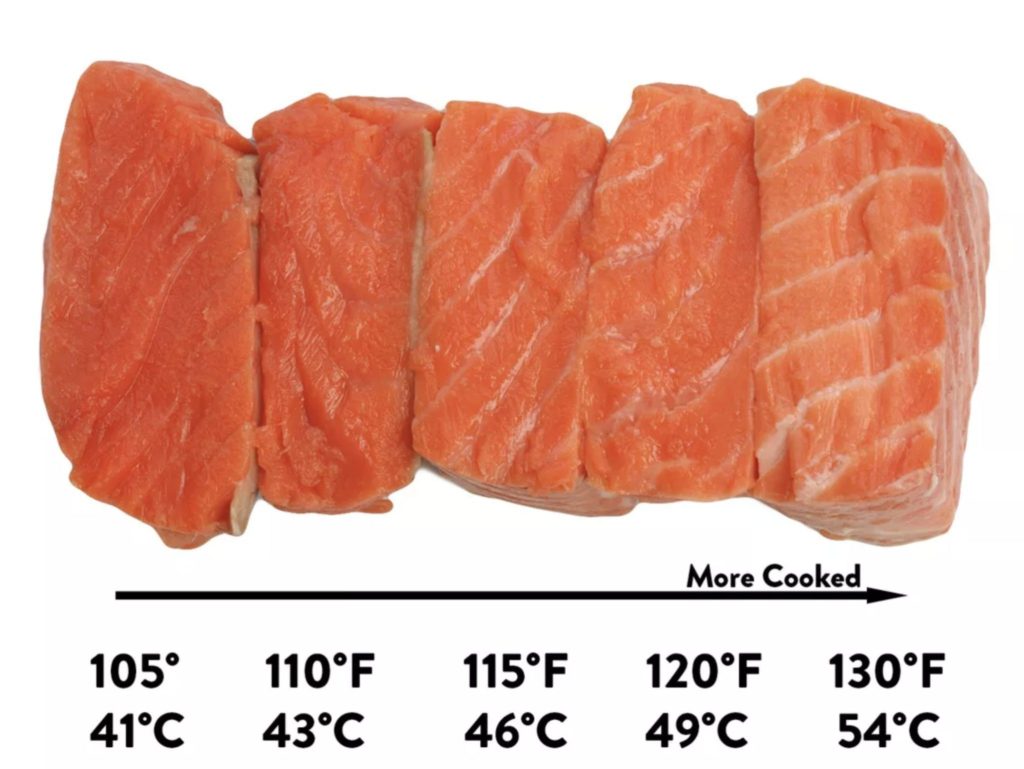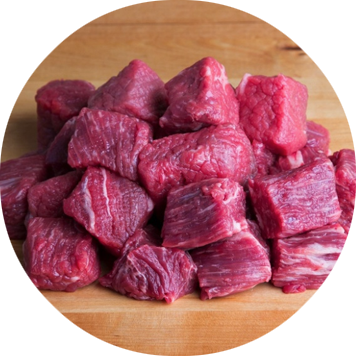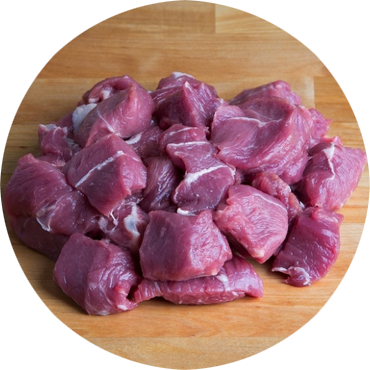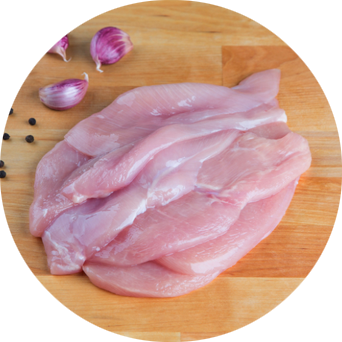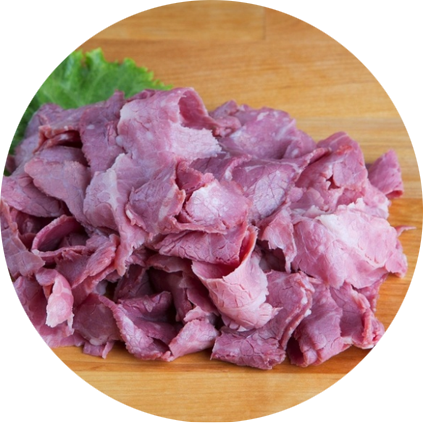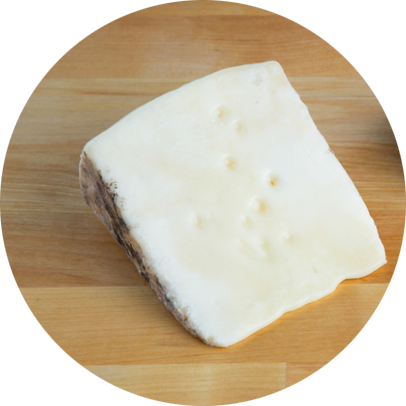- Chicken Breast Filets or Thin-Cut Chicken Breast Filets — plan on 1/2lb per person
- 3 cups panko
- 1/2 cup flour
- 2-3 eggs
- salt & pepper
- 1 teaspoon paprika (optional)
- 1 teaspoon garlic powder (optional)
- vegetable oil for frying
- 3-4 dinner plates
- Sauces and garnishes for serving (optional): chives, parsley, garlic aioli, ketchup, capers, lemon wedges, honey mustard, barbecue sauce
If frying isn’t something you do often, these few important tips will set you on the path to success.
- Make sure your chicken is of even thickness, and, ideally, 1/4″ to 1/2″ thick.
- Give yourself enough space to work. Chicken, flour, breadcrumbs and eggs all need their own plate, and you’ll also need a spot to put the chicken after it’s finished cooking (a plate with a paper towel, or a cookie sheet with a wire rack set into it are good options).
- Watch the temperature on your oil. Too hot and you’ll burn, too cool and the breadcrumbs will soak up the oil rather than crisp in it.
Ready to get started? Here are the basic steps:
Assemble and set out your ingredients
Cut chicken into thin cutlets. If using whole chicken breasts, it’s easiest to do this if they are still partially frozen. Turn the breast on its edge and carefully use a sharp knife to slice through the middle of the breast. Alternately, lay breasts between two sheets of wax paper and use a mallet to pound into an even thickness, 1/4″ – 1/2″ thick.
Mix flour, spices and salt and pepper on dinner plate #1.
Crack and gently beat two eggs on dinner plate #2.
Pour breadcrumbs onto dinner plate #3.
If you’re making the cutlets ahead to freeze, lay out a sheet of wax paper or press’n’seal on the counter after the third plate. If you’re cooking them right away, put them on dinner plate #4.
Dredge the cutlets
Pat chicken dry. Working down the line, coat both sides of cutlets one at a time in flour, then egg, then breadcrumbs. Transfer to plate number 4, or to press and seal if making ahead.
Fry cutlets
Heat oil in a wide, heavy-bottomed saucepan over medium heat. Oil should cover the bottom of the frying pan and come up about halfway of the cutlets — how much oil you’ll need will depend on how wide your frying pan is and how thick your cutlets are. Start with about 1/4 cup and adjust as needed. You do not need to deep fry the cutlets (ie, have them totally submerged in oil) since you are going to flip them half-way through.
Test to ensure pan is hot enough by adding a small piece of chicken. It should sizzle energetically when added to the oil, without smoking. Add cutlets in a single layer in the pan and cook, 3-4 minutes, until first side is golden brown and crust releases easily from the pan. Flip and cook other side, another 3-4 minutes, until golden and crisp.
Adjust the flame as you add more oil for each batch to keep the temperature where it needs to be.
To serve
Transfer cooked schnitzel to a paper towel-lined plate and sprinkle with salt. Serve immediately, or let cool and serve at room temperature.
Easy DIY dipping sauces we love
- Mince 1 clove garlic in 1/3 cup mayonnaise (we like Sir Kennsington’s)
- Mix equal parts Mendel’s BBQ Sauce and ketchup
- Mix 1/3 cup mayonnaise with 2-3 tablespoons Green Dragon Sauce (Trader Joe’s) or other green chile salsa
- Add 1 tablespoon honey to 3 tablespoons Dijon mustard

